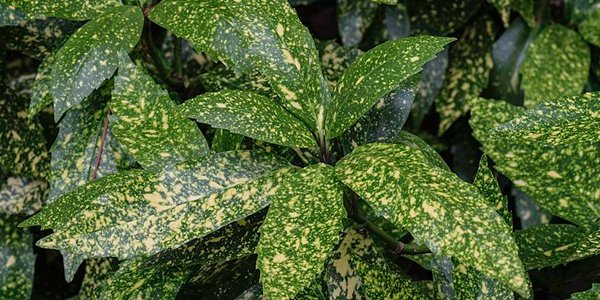Aucuba price

Where to buy and sell Aucuba, lowest (cheapest) and highest price.
check offers buy sell AucubaToday price for AucubaAucuba wholesale prices 2022
The Current commodity price of Aucuba per kg, pound in the world in the global markets
aucuba
Price range: 3 - 3 EUR / 1 kg | Market: Mercados de Abastecimientos de Barcelona SA | Date: 2022-09-04
aucuba
Price range: 3 - 3 EUR / 1 kg | Market: Mercados de Abastecimientos de Barcelona SA | Date: 2022-07-03
aucuba
Price range: 3 - 3 EUR / 1 kg | Market: Mercados de Abastecimientos de Barcelona SA | Date: 2022-06-05
Aucuba
Aucuba japonica, or Japanese aucuba, is a species of flowering plant in the family Cornaceae, native to eastern Asia in China, Japan, and Korea. It is an evergreen shrub growing to 5 m (16 ft) tall and wide, with glossy oval leaves 10–20 cm (4–8 in) long and 5–10 cm (2–4 in) broad, often with a conspicuous yellow or red speckled variegation. Small red flowers borne in clusters appear in autumn, followed by small black fruits. The variegated form 'Variegata', with leaves heavily marked with yellow and green, is a popular ornamental plant, grown for its foliage effect. It is widely cultivated outside its native range in temperate regions of the world and has become naturalized in many places. It tolerates shade and is an effective groundcover plant, but often becomes leggy without enough light. It can be pruned hard to maintain a low compact form. Japanese aucuba is dioecious, with male and female flowers on separate plants. The species is insect-pollinated. The fruits are eaten by birds and used in traditional Chinese medicine. Aucuba flowers are small, greenish-yellow flowers that grow in clusters. They have a sweet, slightly spicy fragrance and are used in traditional Chinese medicine. Aucuba is native to China and Japan and has been used medicinally for centuries. The plant is also grown as an ornamental plant in gardens. Aucuba flowers are considered to be a tonic herb in Chinese medicine and are used to treat a variety of conditions including fatigue, anxiety, and poor circulation. The flowers can be eaten raw or cooked, and are often used in soups and stews. Aucuba is also available in tincture, capsule, and tea form. If you are considering using aucuba flowers for medicinal purposes, it is important to speak to a qualified healthcare practitioner before doing so. While aucuba is generally considered safe, there are some potential side effects that should be taken into consideration. These include upset stomach, diarrhea, and vomiting. Aucuba is also not recommended for pregnant or breastfeeding women.Global aucuba production
Aucuba global production is forecast to reach 2.6 million tonnes in 2016/17, up 1% from the previous season. The majority of this increase is expected to come from Asia, where production is forecast to rise by 1% to 2.2 million tonnes. In contrast, production in Europe and the Americas is forecasted to remain unchanged at 330 000 tonnes and 50 000 tonnes, respectively. The majority of aucuba global production is used for ornamental purposes, with the remainder going towards making extract, powder, and tea. The vast majority of aucuba extract, powder, and tea is consumed in Asia, where it is used as traditional medicine. Aucuba is a member of the genus Aucuba, which contains four species of evergreen shrubs native to Asia. The most common species is A. japonica, which is found in Japan, China, and Korea. A. japonica is the only species that is widely cultivated and used commercially.Download our new
Husfarm App
Stay up to date with the current prieces of agricultural products all over the world.
Do you want to sell agricultural products?
Are you an Agricultural processor looking for high-quality products to buy?
Post an ad for FREE!
